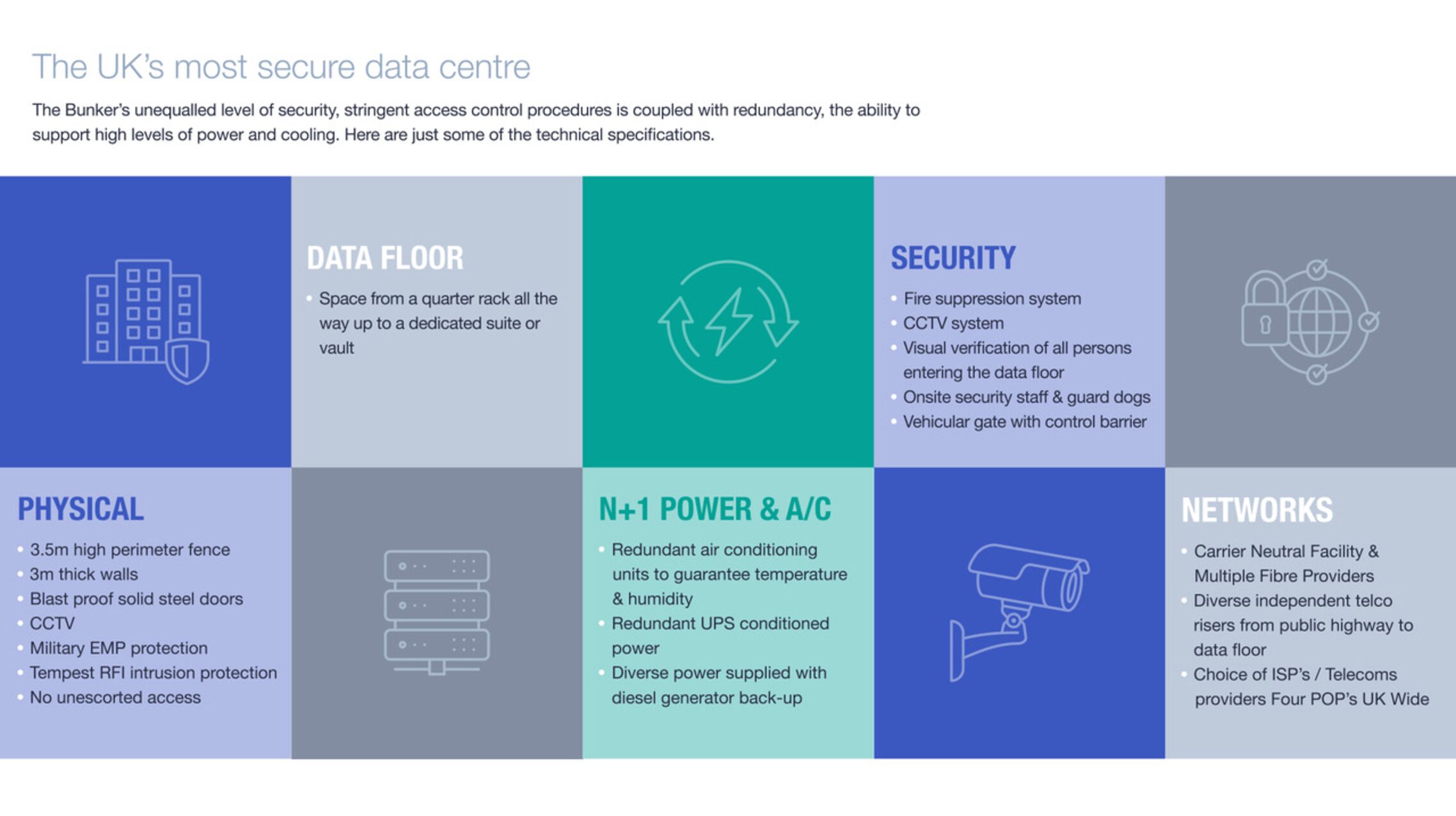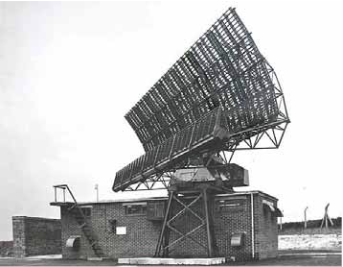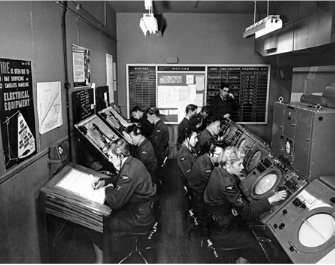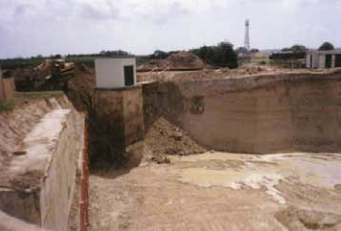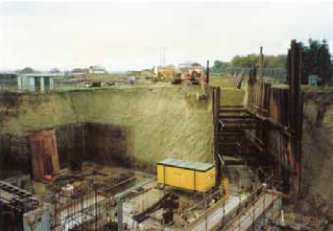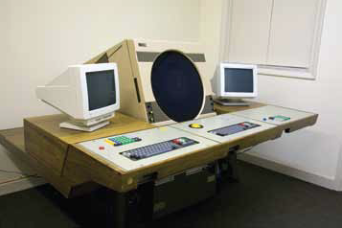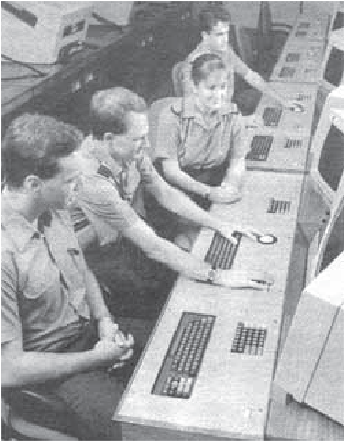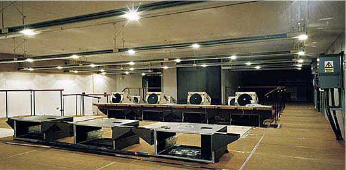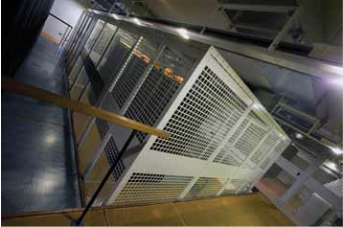- 1949
- 1952-1954
- 1956
- 1965
- 1970 - 1993
- 1993 - 1995
- 1995
- 2006
- 2012
- 2017
- Today
-
Construction of the Bunker – 1949
The Air Ministry began construction of a new chain of radar stations in the UK, code name ROTOR.
Ash was chosen to be a Radar site as part of the ROTOR programme and work began in 1951 to construct amassive two storey underground nuclear blast proof bunker (known as an R3 bunker).
-
1952 – 1954
Works were scheduled to be completed by July 1952 but the date slipped back as much of the work force were called into national service, operations moved into the site in August 1954.
-
From RAF to CAA – 1956
The site served quietly during the 1950s. In October 1956 the site assumed parenting responsibilities for 933Signal Units and in December 1956 took over responsibilities from RAF Manston. The site survived the 1957 budget cuts when it became a satellite control station.
The ROTOR programme was quickly superseded with the development of faster jet aircraft which meant thatthe manual control and reporting used to pass information up to the Sector Operation Centre’s were tooslow. Almost overnight the new radar made parts of the ROTOR air defence system redundant and Ashwas placed on ‘care and maintenance’.
-
1965
In 1965 the entire site (approx 18 acres in all) was sold to the Civil Aviation Authority (CAA). During the seventies the CAA used the site for civil radar. The station had control of the Eastern approach to Heathrow and Gatwick.
-
The RAF Returns to Ash – 1970 – 1993
During the seventies the CAA used the site for civil radar, the station had control of the Eastern approach toHeathrow and Gatwick. Although owned by the CAA, the site was also a reporting radar for the Linesman/Mediatorsystem and as such supplied radar information for both military and civilian purposes.
In later years Ash was bought back from the CAA by the RAF. The original bunker was stripped out and two newbunkers were built on and adjacent to the ROTOR bunker to provide a protected power supply, fuel and waterstores, and plant space.
Re-engineered to withstand a hit from a 22 kiloton thermonuclear bomb the inside of the bunker was alsocompletely refitted. State of the art filters were installed to ensure optimum conditions and the ability to remainoperational for 90 days following a nuclear, chemical or biological attack.
The Electro Magnetic Pulse (EMP) shield was installed at this time to enable electronic equipment to withstand theEMP generated by a nuclear explosion. Following the completion of these works Ash became a Control andReporting Centre.
As a Control and Reporting Centre RAF Ash was fully equipped and able to take control of an air battle in thearea in the event of any of its sister stations being rendered inoperable
-
1993 – 1995
In 1993 RAF Ash became the Ground Environment Operational Evaluation Unit testing all new equipment.Ash was the RAF’s smallest station until it was downgraded to a satellite of RAF Manston. This signalled thewinding down of activities on the site. The last full year of operation was 1995.
-
1995
The Bunker Secure Hosting Ltd acquired the assets of ALD.
-
2006
Institutional investors Foresight Venture Partners supported The Bunker and joined the board, laying thefoundations for even faster growth.
-
2012
£2m invested in Power Infrastructure at Ash Nuclear Bunker to allow operation as a secure Data Centre.
-
2017
Cyberfort acquires The Bunker Secure Hosting Ltd.
-
Dedicated cage on the data floor today
The Bunker owns the freehold of two of its data centres and, since 2004, has grown 10 fold and its customer basehas grown 5 fold.
The Bunker has continued to heavily invest in the site and major upgrades have been made to the power, coolingand connectivity to cope with state of the art high security, high density data centre services. Due to the ever growing risks of cyber security, modern data needs to be protected from the combined physical, human and digitalfactors that can compromise the availability of your business critical applications. By placing your equipment in TheBunker you minimise these risks.
